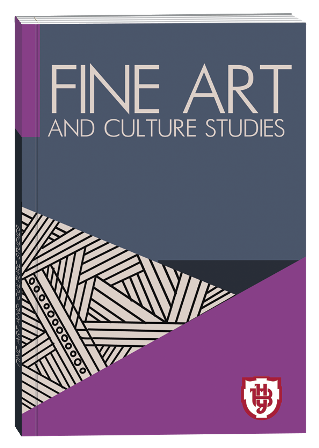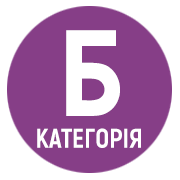INNOVATIVE METHODS OF FORMING TECHNOLOGICAL AND CORRECTIVE COMPETENCE OF STUDENTS DURING BLENDED LEARNING
DOI:
https://doi.org/10.32782/facs-2022-4-11Keywords:
innovative methods, technological and corrective competence, blended learning.Abstract
The article considered the term "blended learning" on the basis of thorough research by domestic and foreign scientists. It was concluded that this concept means not only a combination of distance and face-to-face forms, but is a synthesis of positive elements of each form of higher education. For a better understanding of the expediency of combining elements, a table was presented that characterizes the strengths and weaknesses of distance and face-to-face learning. The task of blended learning is to help a student of higher education to acquire professional knowledge and skills. They are the main components that form the technological and correctional competence, which is an indicator of the student's professional growth. For a better understanding, a definition of the term "technological-corrective competence" was given, which gives an understanding of why this component is important in the educational process of an instrumentalist student. It is hypothesized that innovative methods are traditional teaching methods that have been transformed and updated in today's extremely complex conditions. Several main innovative methods, which are actively used by us in practice, have been identified. We divided the process of "blended learning" into several stages. Each stage has its own peculiarity, a system of classes, according to which we have selected a system of innovative methods. This article shows the strengths of "blended learning" in the field of music and offers several methods that we believe are important in the formation of TCC. This type of training includes other methods, so it should be taken into account that the constant development of technologies and other educational processes will constantly increase the number of tools for the best achievement of the set goal.
References
Барна О. В. Технологія змішаного навчання в курсі методики навчання інформатики (2016). Національна бібліотека України імені В. І. Вернадського. URL: http://nbuv.gov.ua/UJRN/oeeemu_2016_2_4 (дата звернення: 23.09.2022).
Павлюк Ю. Особливості формування технологічно-корекційної компетентності студентів факультетів мистецтв. Наукові фахові видання Запорізького національного університету. URL: http://journalsofznu.zp.ua/index.php/ pedagogics/article/view/2367/2265 (дата звернення: 25.09.2022).
Пометун О., Пироженко Л. Сучасний урок. Інтерактивні технології навчання. К. : А.С.К., 2004. 192 с.
Теорія та практика змішаного навчання / В. Кухаренко та ін. ; ред. В. Кухаренко. Харків : Міськдрук, 2016. 284 с.
Bonk, C.J. (2006) The Handbook of Blended Learning: Global erspectives, Local Designs / Bonk, C.R. Graham, M.G. Moore. Pfeiffer.
Bonk, C. J., Graham, C. R. (2012) The handbook of blended learning environments: Global perspectives, local designs. San Francisco: Jossey-Bass / Pfeiffer.
Forcada, C. (2015). Good Practice in Violin Pedagogy: Psychological Aspects Related to the Acquisition of Motor Skills. Doctoral Thesis. Birmingham City University).
Garrison, D. (2008) Blended learning in higher education: Framework, principles, and guidelines / D. Garrison, N. Vaughan // Jossey-Bass.
Is K–12 blended learning disruptive?An introduction to the theory of hybrids - Christensen Institute / M. Clayton et al. Christensen Institute. URL: http://www.christenseninstitute.org/publications/hybrids/ (date of access: 23.09.2022).
Horn, M., Staker, H. (2015) Blended: Using disruptive innovation to improve schools. San Francisco: JosseyBass.
Murphy, S. M., & Jowdy, D. P. (1992). Imagery and mental practice. In T. S. Horn (Ed.), Advances in sport psychology (pp. 221-250). Champaign, IL: Human Kinetics).
Rolland, P. (1979). Movement in String Teaching: As it Relates to the Violin. American String teacher, 29 (1), pp. 8-11.







